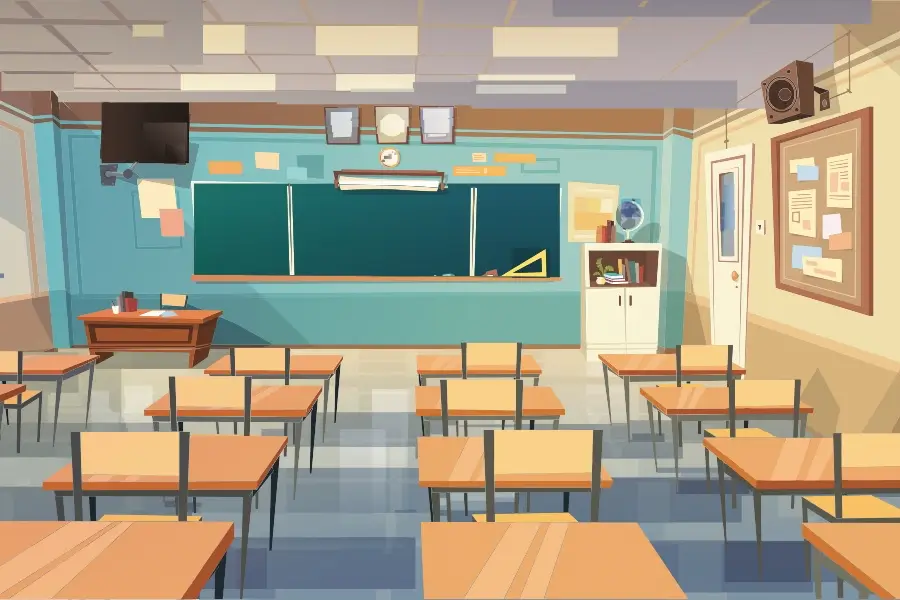
HIGHER EDUCATION

Aspiring graphic designers can optimize their chances of enjoying a fulfilling, successful career by carefully choosing the school that best suits their individual needs and preferences — and it’s also essential that the school is prepared to provide students with the skills and tools they’ll need after graduation.
Even though graphic design jobs are expected to grow by as much as 35% in the coming decade, applicants will nonetheless face strong competition in the entry-level playing field. If you’ve decided to pursue a career in the graphic arts, you must give yourself an edge with an education designed to make you stand out. Here’s what you should look for when choosing a graphic design school.
Although there’s a popular narrative currently at play that states that accreditation is only important for those pursuing degrees in fields such as law, business medicine, and other traditional industries, it’s actually in your favor to select a school that’s been accredited by the National Association of Schools of Art and Design (NASAD).
Hiring managers and other professionals know that applicants who have graduated from a school with NASAD accreditation have the necessary skills to do the job and that they’ve maintained high standards for obtaining undergraduate and graduate degrees in graphic design. Graphic design technology has also evolved significantly in recent years, and employers like to know if applicants have training in state-of-the-art techniques and strategies. There are currently 323 institutions of higher learning accredited by NASAD.
A thorough review of individual curriculums will help you decide which school best represents the kind of career path you’re hoping to be on after graduation. Most aspiring designers hope to focus their studies on a specific area, so make sure that there are enough available courses in the curriculum to support your intended end result. Keep in mind that the school that’s right for another student hoping to pursue a graphic design career may not be the best choice for you. Make sure that the electives are in line with your educational goals, and remember that the best schools will offer a fairly wide range of courses.
Access to cutting edge software is one of the most essential elements to consider when choosing a design school. Employers will be looking for graduates with experience using this software. All graphic design programs will use some form of software in their curriculum, but making sure the school you choose offers opportunities to train on cutting edge software gives graduates an edge in the job market.
No matter how creative you are, you won’t be able to produce the kind of work that’s expected of today’s design professionals unless you also have the right tools. Design technology changes rapidly, so look for the latest versions so you won’t be at risk of having to relearn certain elements of your coursework and possibly lose out on the most desirable jobs.
Hands-on graphic design experience provides students with the opportunity to showcase their design skills. Although passive study such as reading about design theory plays a big role in producing the kind of education today’s design professionals need, nothing can take the place of actual hands-on experience.
The school you choose should offer opportunities to produce work in a variety of mediums, including web design, brochures, and advertising. The availability of local internships is also important as well as the quality of existing relationships between the school and professional design agencies in the vicinity. As a general rule when it comes to preparing for a career in a creative field, education that offers abundant opportunities for practical learning has more value because it provides students with actual samples of their work to show to prospective employers — and when it comes to visual industries such as design, this is what matters.
Hands-on educational experiences also provide you with material to use in a professional portfolio that you can put online, making it easier to reach companies with openings for entry-level graphic designers after you graduate. A quality portfolio is the most important thing any aspiring graphic designer can bring to the table when looking for that first important professional job.
Before making a final commitment to attend a particular school, make an appointment to speak with an admissions counselor to explore the various aspects of the program. Get us much information as you can on each of the schools that make the top of your list, and remember not to settle for something that you don’t feel is the right fit for your future career goals.

The Art Career Project is a trusted resource for emerging and professional artists.